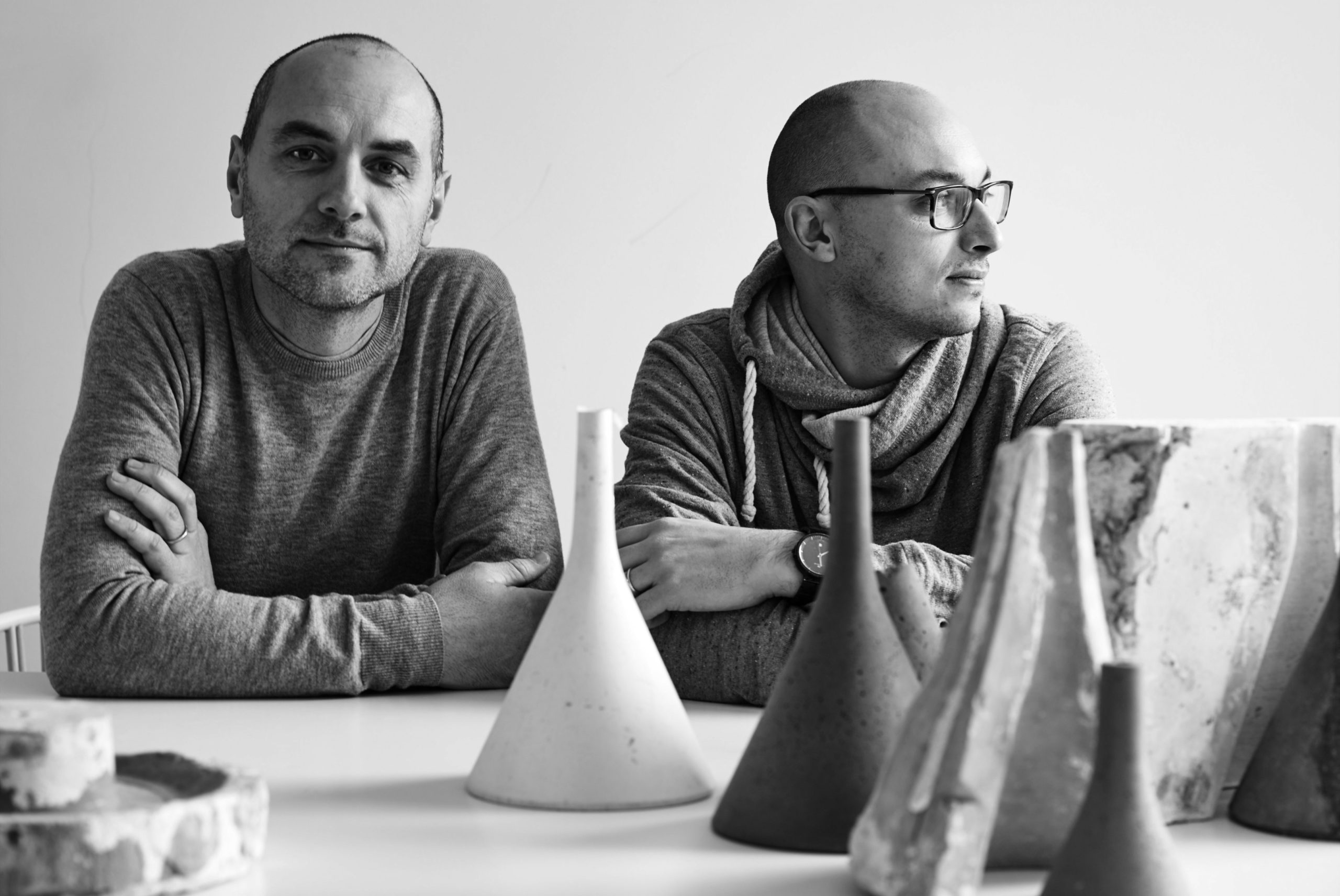
Today the designers Paolo Lucidi and Luca Pevere open the doors of their studio to us. A creative duo that interprets design with simple products, shapes justified by a thought that goes beyond mere appearance, products that aim for longevity. We talk with them about design and two products, Clivo and Randa, designed for Arrmet.
A traditional couple, table/chair, with distinctive features, aimed at bringing to life the outdoors, as well as the interiors, of the contract and residential sector.
Do you consider your designs as something ‘organic’, intuitive, or are they instead the product of a thought process that starts with a rational analysis?
LucidiPevere: Thought lies at the basis of our designs, which is sometimes expressed in an organic form.
The Randa collection is also an example of a functional and harmonious structure. What kind of chair is it, how would you describe it?
LucidiPevere: We have always considered Randa as a real weave of materials. A supporting metal frame made of rods – the weft – and nautical rope – the warp – to withstand even the harshest marine environment and to give the seat comfort and softness.
Did Randa spring from a design, an idea, or from a structure, a geometry, that was then ‘filled in’ with rope weaving?
LucidiPevere: Randa springs from the desire to create a design halfway between the industrial and the artisanal, like with other designs of ours. We were fascinated by the idea of giving the rope a specific shape, which is usually left free or just taut. In Randa, the nautical braid from the naval district of our land, is woven around the metal to create a curved and comfortable surface to sit on, an organic form woven onto a stiff metal structure.
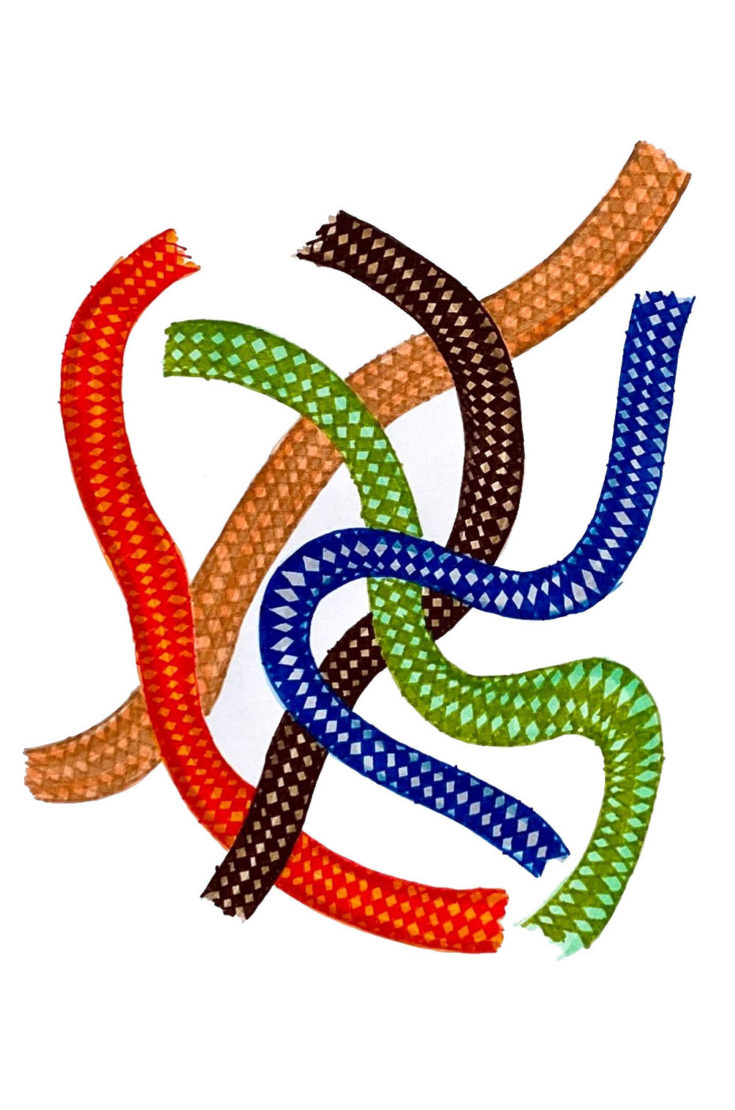
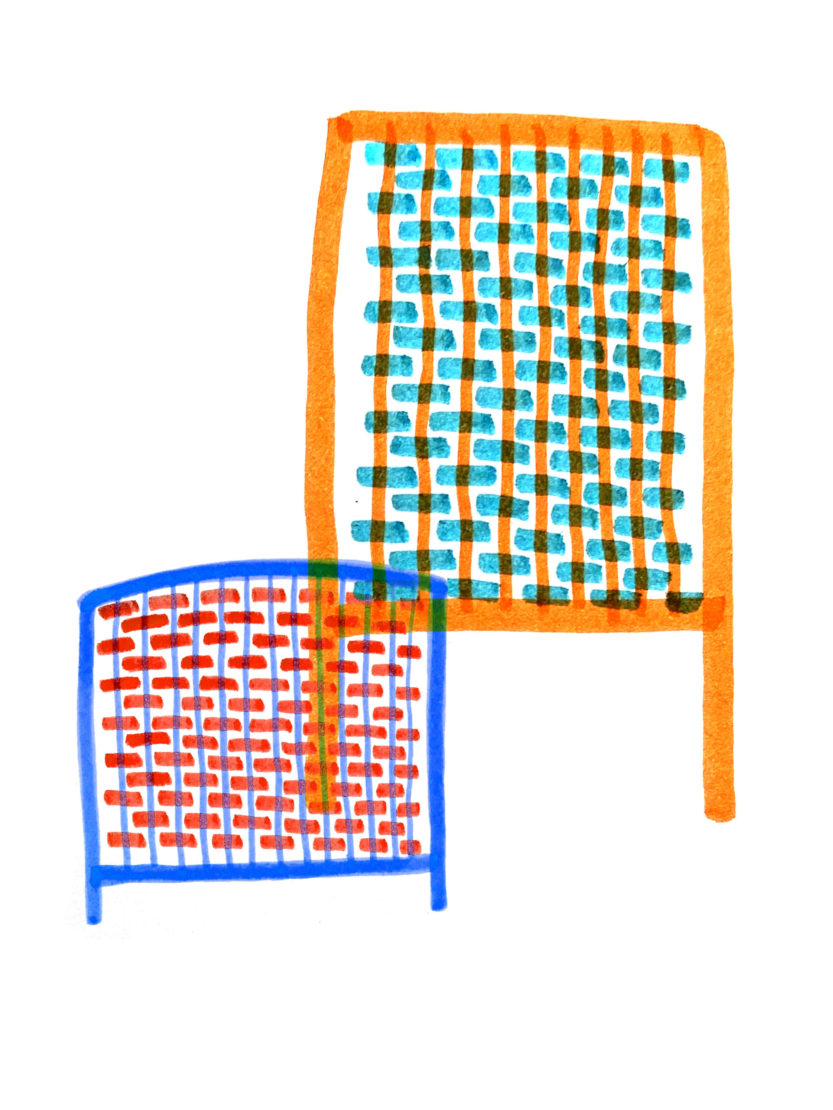
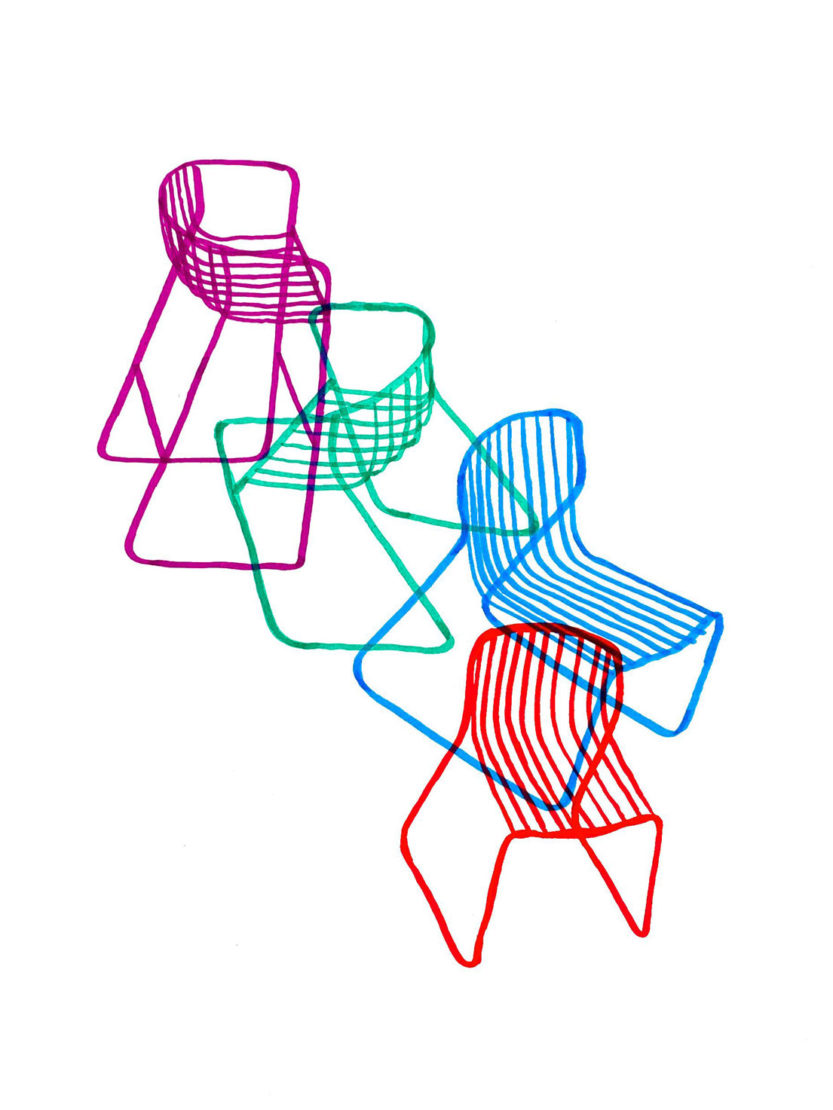
What is the relationship between ‘minimal’ structure and strength?
LucidiPevere: We used tubular metal for the sled base, which was as small as possible to preserve strength and visual lightness. The thicker weave creates a minimum of softness which, combined with the ergonomics of the seat, made it a highly popular product right from the outset, with no need for any additional cushions.
Is this a chair you are still interested in, that can be ‘revised’ or that you would like to make other versions of?
LucidiPevere: As one of the company’s best sellers it has recently undergone an aesthetic restyling, which has made it even more contemporary and balanced in form. Plus, we are working on a possible extension of the range to further enrich the collection.
It was created for outdoors, but how do you imagine it indoors? In what kind of setting or atmosphere?
LucidiPevere: Several bars and restaurants have used Randa indoors as well as outdoors, often in osmotic situations where the space goes from inside to outside, which is highlighted thanks to the use of one single seating model. The rope makes it a warm, textile product, and, a specific choice of colours means it can be used even in sophisticated indoor settings. Randa is a highly versatile collection where functionality is perfectly combined with aesthetics and materials.
How do you check the comfort of a model?
LucidiPevere: Obviously by using it, sitting on it, simulating its use at a table… We also check the object well from behind, when it is placed next to the table, to see what its initial impact is on whoever approaches it to use it in an environment. Another product designed for Arrmet is Clivo, which gave rise to a collection of tables also for outdoors.
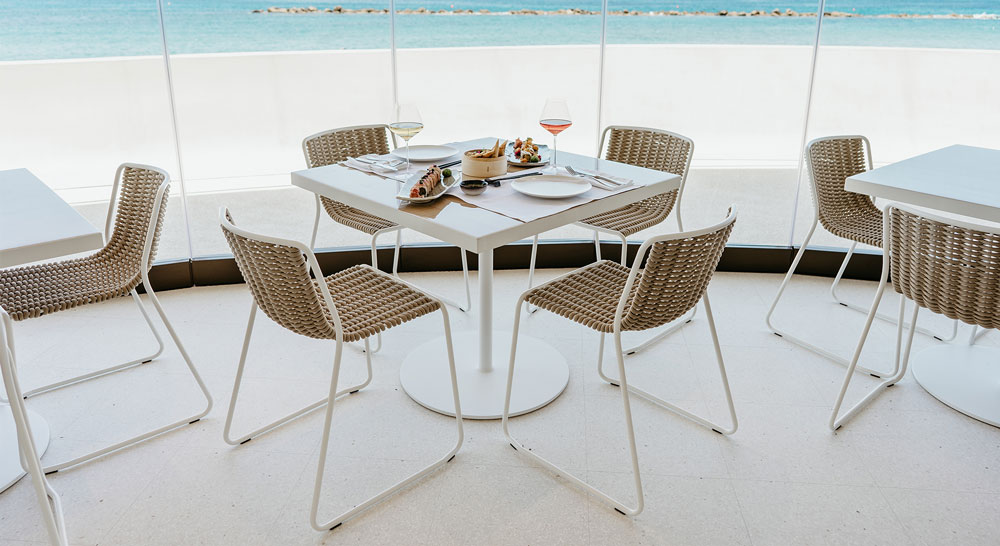
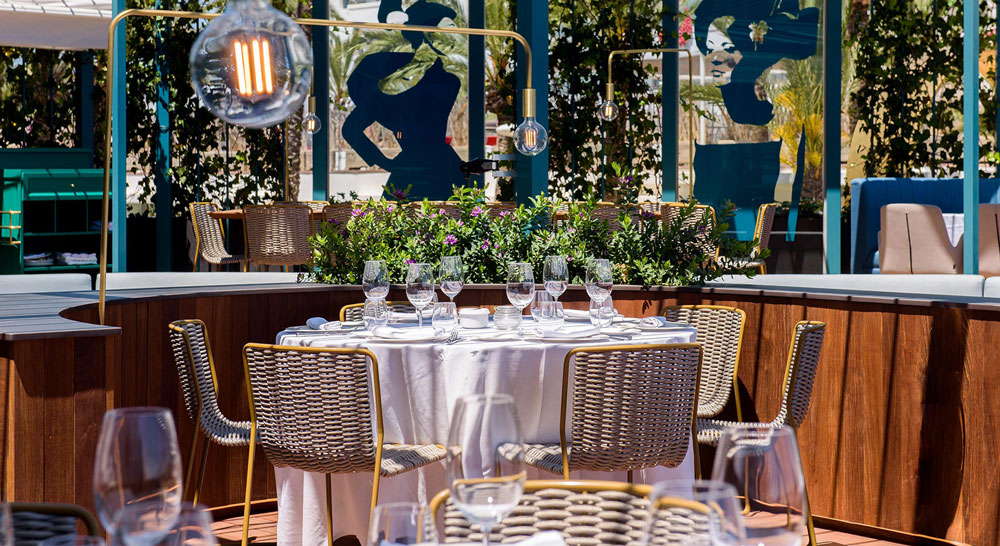
How do tables fit in with your design? Do they play a leading role, or are they a response to market demands?
LucidiPevere: It is always very hard to design a table because, more often than not, its role is to disappear into the setting in favour of seating. This makes it difficult to design a product that is recognisable, yet invisible.
What is the concept of Clivo?
LucidiPevere: We tried to create a continuum between stem and base by elaborating the lines to give character to the four spokes. They have the same language but are very different in terms of sections and technologies.
Is the concept you came up with a proposal or does it respond to a request from the company?
LucidiPevere: The concept is ours, like for all of our designs, and the brief is from the company as is often, but not always, the case. Arrmet is a seating company that wants to offer a table in keeping with its image and products. That is what they asked us for.
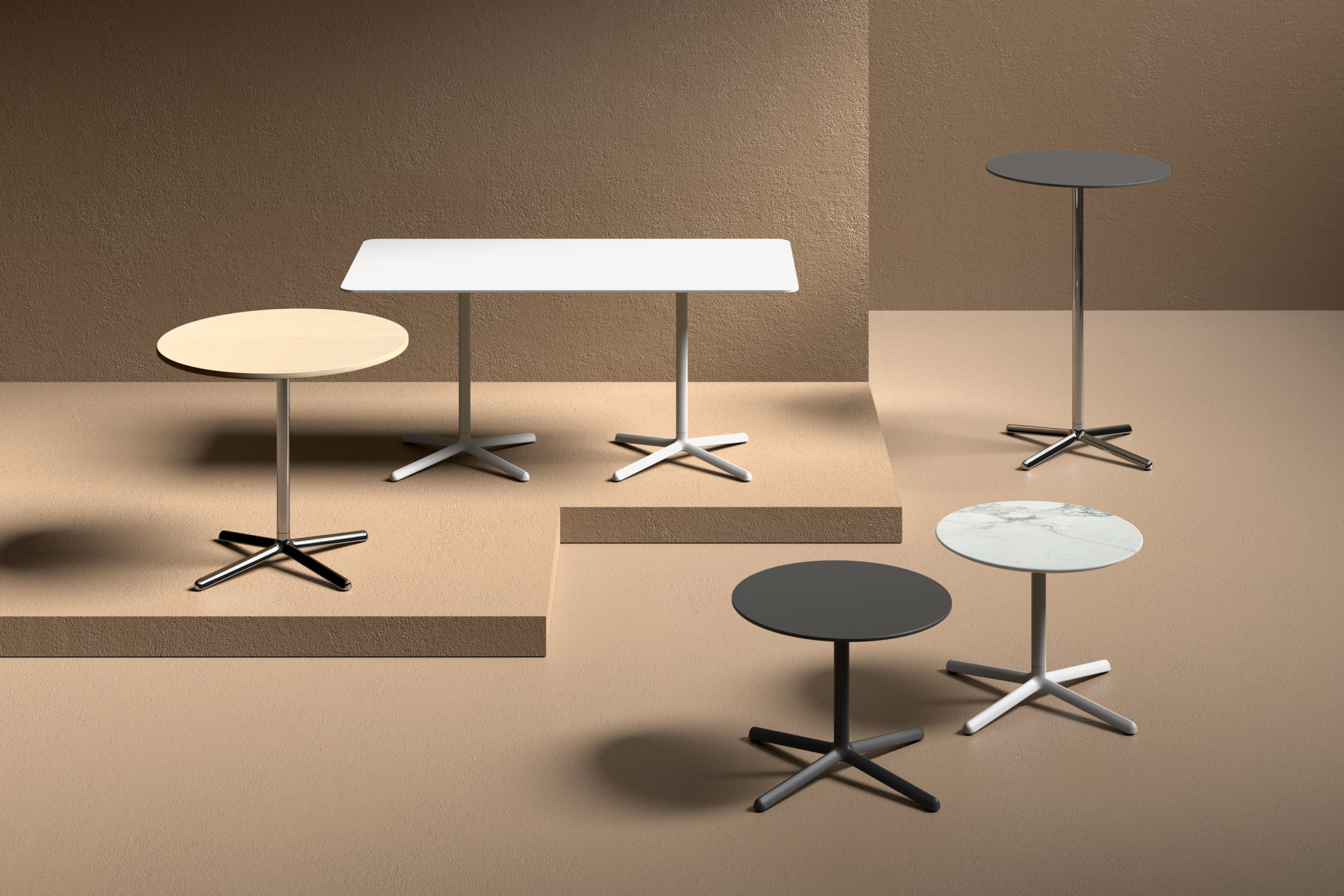
Why have you chosen these materials to make it – aluminium, HPL, veneer, marble?
LucidiPevere: The palette of materials used is what the interiors are made of. So Clivo can be either lively or sober, modulating the colours it is painted with. It can be natural with a wooden top, resistant outdoors thanks to aluminium, just as the sobriety of the base can easily support precious marbles or brass edges.
In Italian, Clivo means slope, hill. What relationship does the curved line have with the design of Clivo?
LucidiPevere: In this design, a small section can change the overall look of the product. The small section of Clivo’s foot draws a long summit and two very gentle slopes, that rise up the column to the table top. Clearly imperceptible and impossible to relate to the name, they are important for those who design them: they are details that resolve the form.
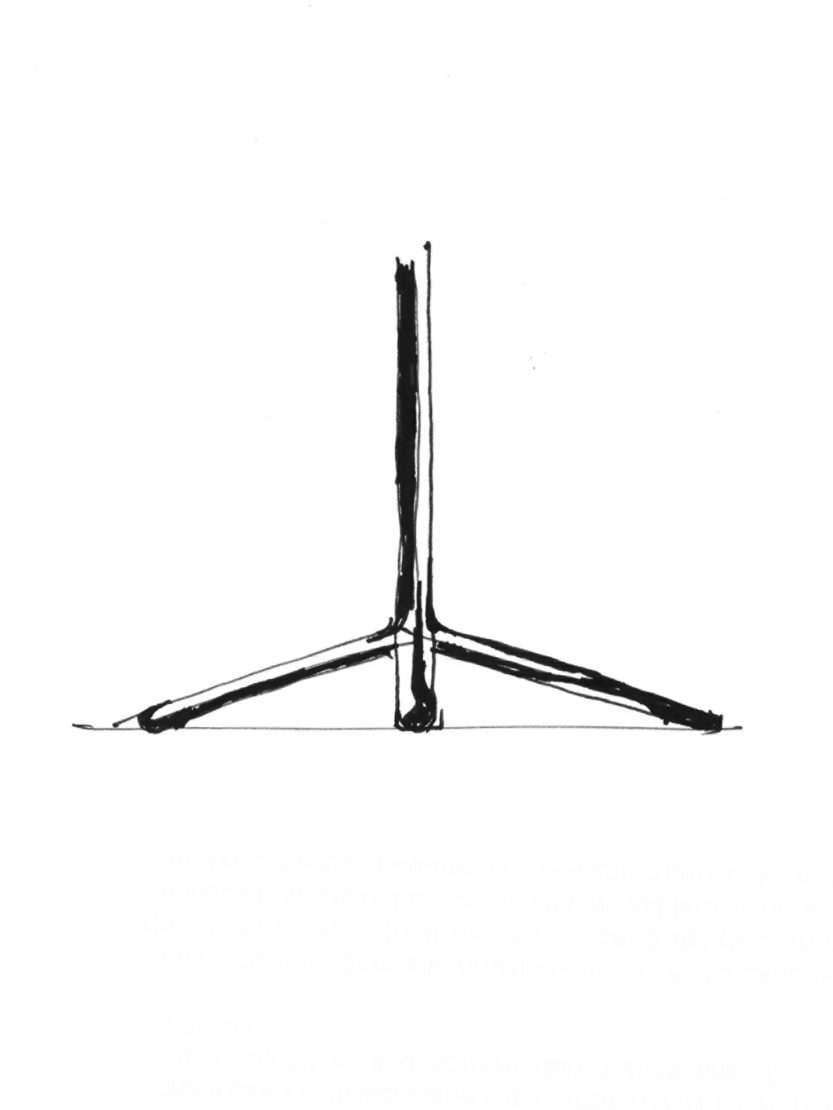
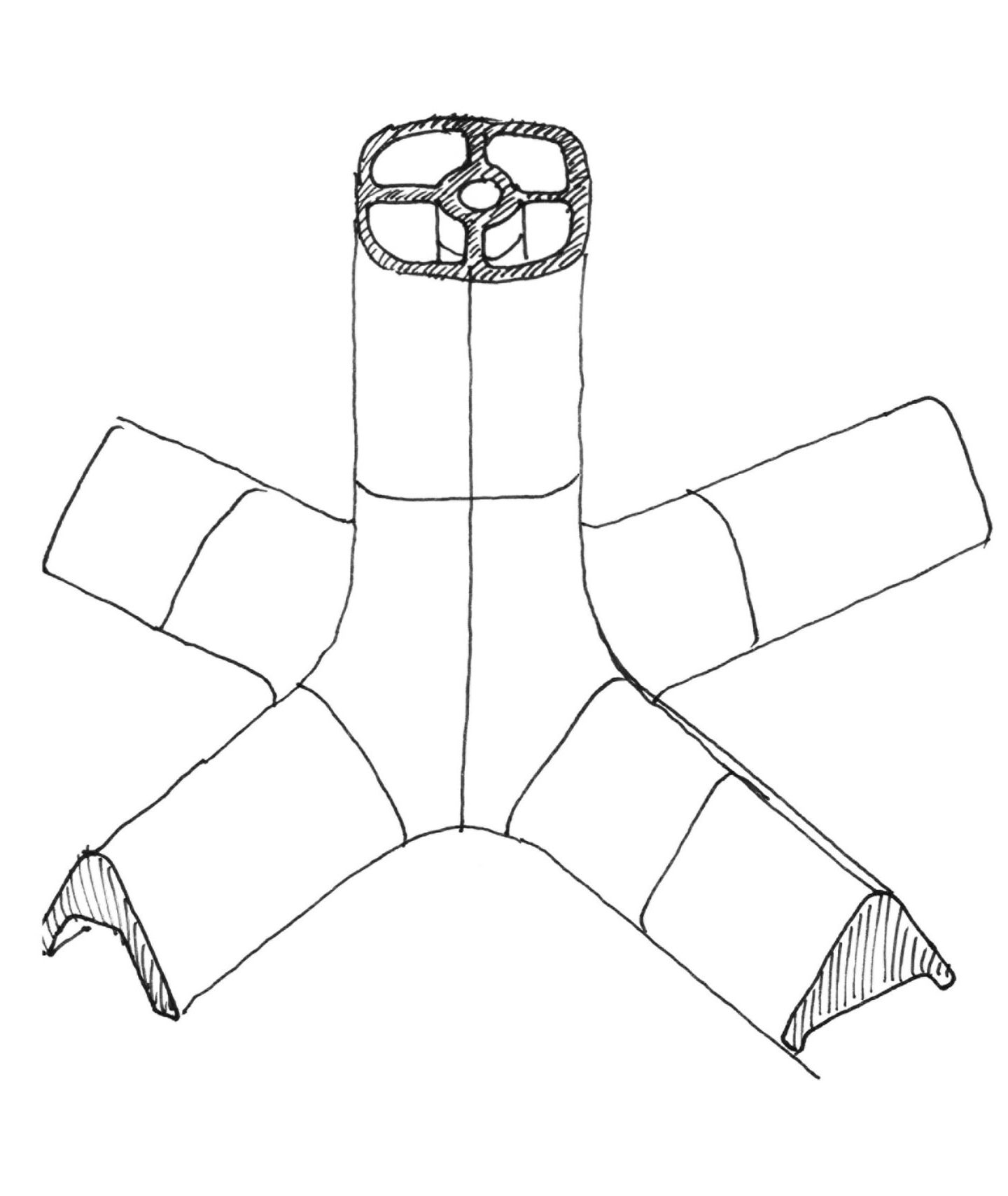
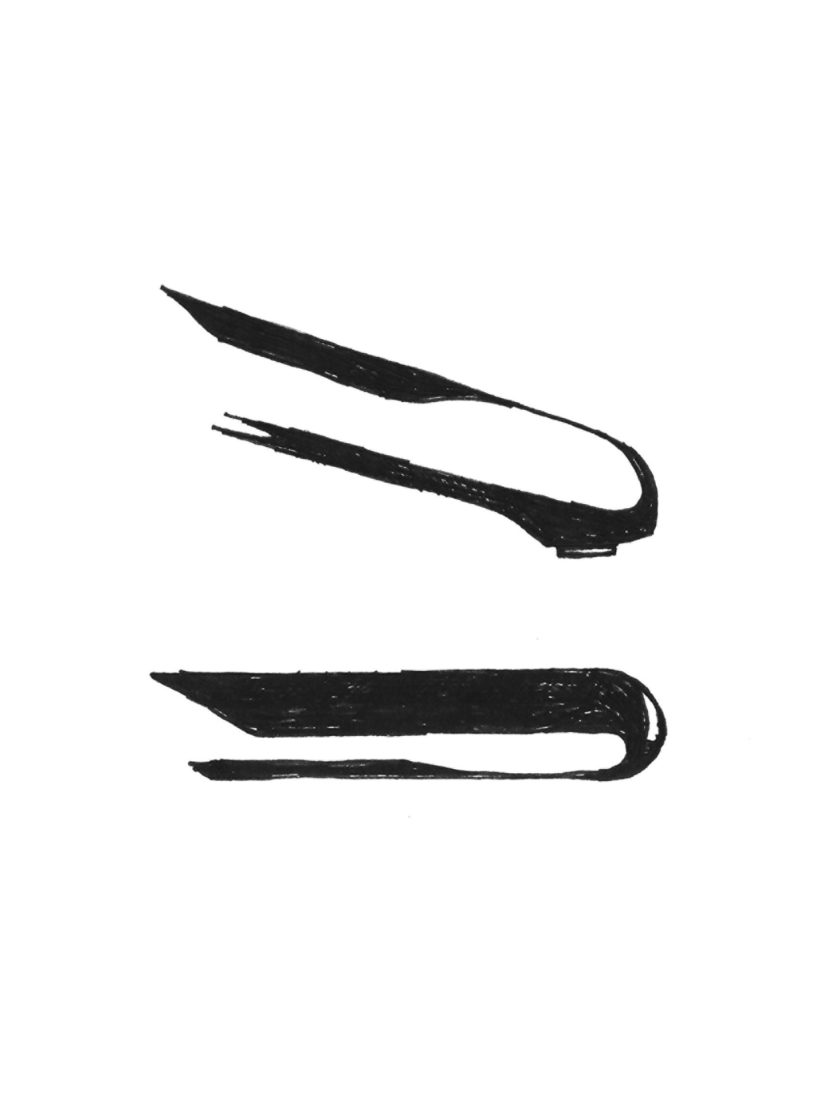
What style is the Clivo model inspired by?
LucidiPevere: Like for all of our designs, it is not inspired by a particular style. It is our way of designing, and we cannot do otherwise. If we deviate from it, we end up regretting it.
Do you work with outdoor furnishings a lot? Do you think this is an evolving field of design?
LucidiPevere: Absolutely. It is now clear to everyone how important outdoor spaces, residential or otherwise, have become, especially during and after the pandemic. Having always been considered almost exclusively as a space for relaxation, the outdoors has recently started to involve the working environment. For some years now we have been witnessing the evolution of the office towards more domestic aspects, where the quality of life is getting better and better, and now that the outdoors represents the pinnacle of that quality, work is moving outdoors.
What project are you missing, one you would like to tackle?
LucidiPevere: Sometimes, we toy with the idea of placing flags in every area, but in the long run we realise that it is not important: even the umpteenth chair can be the long-awaited project… It depends where you start, and where you end up.